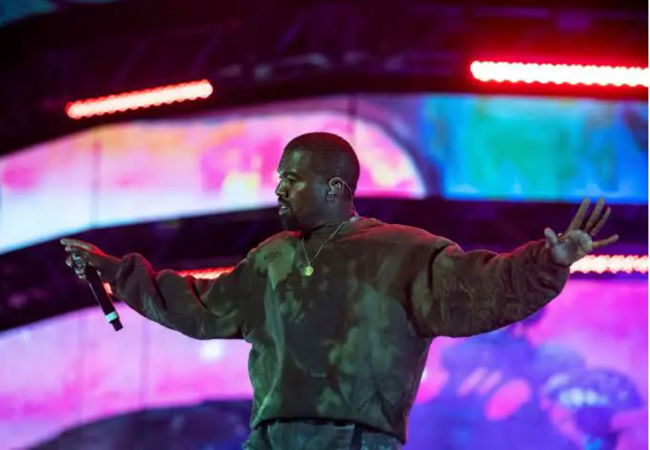The vast expanse of the world’s oceans has long served as both a barrier and a bridge for humanity. As civilizations evolved, so did our ability to traverse the seas. The phrase “Man Across the Sea” encapsulates the essence of human exploration and connection; highlighting the profound impact of seafaring on our history, culture, and relationships.
Historical Odyssey
From the dawn of civilization, humans have been drawn to the sea. Ancient mariners set sail in rudimentary vessels, navigating the unknown waters in search of new lands and resources. The Phoenicians, renowned seafarers of antiquity, ventured across the Mediterranean, connecting disparate cultures and laying the groundwork for cross-cultural exchanges.
The Age of Exploration further expanded the horizons of man across the sea. Christopher Columbus, Ferdinand Magellan, and other daring explorers undertook perilous journeys, circumnavigating the globe and establishing maritime routes that transformed the world. The exchange of goods, ideas, and cultures flourished, giving rise to the global interconnectedness we experience today.
Trade Winds and Cultural Currents
One of the most tangible manifestations of man across the sea is the phenomenon of trade. The seas served as conduits for the exchange of spices, silk, precious metals, and myriad other goods. The Silk Road, linking the East and West, became a symbol of the intricate web of commerce that transcended geographical boundaries.
Cultural currents also flowed along these maritime trade routes. The Silk Road was not merely a thoroughfare for goods; it was a conduit for the exchange of art, philosophy, and technology. The blending of diverse cultural elements along these routes enriched societies on both ends; fostering a shared human heritage that endures to this day.
Colonial Waves and Confluence of Cultures
The era of colonization saw powerful nations establishing overseas empires, further intertwining the destinies of people across the sea. European powers set sail to distant lands, encountering indigenous civilizations and reshaping the course of history. accordingly; the exchange, however, was not solely one of domination; it was a confluence of cultures.
The amalgamation of European, African, Asian, and indigenous cultures led to the emergence of new societies with unique identities. accordingly; the Caribbean, for instance, became a melting pot of African, European, and indigenous influences, giving rise to vibrant and diverse communities. The impact of man across the sea during this period is imprinted on the cultural landscape of regions worldwide.
Challenges of the Modern Maritime Era

As technology advanced, so did our ability to navigate the seas. The development of steamships, followed by containerization and air travel, revolutionized global transportation. accordingly; while these advancements facilitated unprecedented connectivity, they also brought new challenges.
The environmental impact of maritime activities, including pollution and overfishing, has emerged as a pressing concern. The delicate balance of marine ecosystems is under threat, underscoring the need for sustainable practices in our continued exploration of man across the sea.
The Digital Age: A New Horizon
In the 21st century, the concept of man across the sea has taken on a new dimension with the advent of digital communication. The internet has transformed the way we connect, breaking down geographical barriers and facilitating instantaneous communication. Social media platforms serve as virtual bridges, connecting individuals across continents in real-time.
Yet, even in this digital age, the importance of physical connections across the sea persists. Global trade, international cooperation, and the shared responsibility for environmental stewardship underscore the continued relevance of maritime connections in shaping our collective future.
Colonial Expansion and Cultural Exchange
As empires expanded across the seas during the Age of Exploration, the concept of “Man Across the Sea” took on new dimensions. European powers encountered indigenous peoples in far-flung corners of the world, leading to a complex intermingling of cultures. because; the exchange of goods, ideas, and technologies across continents left an indelible mark on the societies involved. afterwards; the term accordingly; became a symbol of both unity and division, highlighting the dual nature of human interaction across borders.
Artistic Expressions
Throughout history, artists have been inspired by the allure of distant shores and the idea of a man across the sea. Paintings, literature, and music often depict the beauty and challenges of cross-cultural encounters. From seascapes that capture the vastness of the ocean to novels exploring the complexities of intercultural relationships, the arts have provided a lens through which we can contemplate the shared human experience across geographical divides.
Language as a Unifying Force
Language, a fundamental aspect of human identity, has been a powerful force in connecting people across the sea. The spread of languages through colonization, trade, and migration has facilitated communication and fostered a sense of shared humanity. Today, English, as a global lingua franca, serves as a bridge that unites individuals from diverse linguistic backgrounds, reinforcing the concept of a man across the sea.
Modern Connections
In the contemporary era, the concept of “Man Across the Sea” has evolved with the forces of globalization and technological advancements. The ease of international travel and instant communication through the internet have brought people from different corners of the globe closer together. The world has become a global village, where individuals can connect, collaborate, and share experiences with ease, transcending geographical boundaries.
Challenges and Opportunities

While modern connectivity offers unprecedented opportunities for collaboration and understanding, it also presents challenges. accordingly; Issues such as cultural clashes, economic disparities, and environmental concerns underscore the complexity of the relationships between men across the sea. Navigating these challenges requires a nuanced understanding of the historical, cultural, and social factors that shape our interconnected world.
The Emotional Landscape
also; the concept of a man across the sea is often imbued with a sense of longing and belonging. accordingly; Separation from loved ones, whether due to migration, work, or other circumstances, can evoke powerful emotions. The human experience is marked by a deep yearning for connection, and the vastness of the sea serves as a metaphor for the distances that individuals must traverse to be reunited with those they hold dear.
Shared Humanity
Despite the challenges and distances, the idea of a man across the sea ultimately reinforces the notion of shared humanity. accordingly; Regardless of geographical boundaries, cultural differences, or historical baggage, the common thread of our human experience binds us together. In acknowledging this shared humanity, we can foster empathy, understanding, and a sense of responsibility toward one another.
Conclusion
“Man Across the Sea” encapsulates the timeless journey of human connection, from ancient seafaring adventures to the complexities of the modern globalized world. accordingly; through history, culture, and emotion, the concept highlights both the challenges and opportunities inherent in our interconnected existence. As we navigate the seas of life, the recognition of our shared humanity becomes a compass that guides us toward a more united and compassionate world.




